Indo-Australian Plate: Tectonic Boundaries and Movement

Indo-Australian Plate
The Indo-Australian Plate is one of Earth’s 7 major plate tectonic boundaries. It’s the second smallest being slightly larger than the South American Plate.
By the name, you can probably identify that it contains parts of India and Australia. But as with most tectonic plate boundaries, they often consist of both continent and ocean crust.
The Indo-Australian Plate includes the majority of the Indian Ocean. It borders the Eurasian Plate in the north, the Antarctic Plate in the south, and the Pacific Plate in the east.
Continental drift means that plates are never idle. Over time, they move at a snail’s pace. For example, the Indo-Australian Plate moves at an average rate of about 3 centimeters per year.
Two plates are separated but we often count them as one

The Indo-Australia plate is a major plate combining the Australian and Indian Plates. But they are widely considered to be two separate plates.
The Indo-Australia plate stretches from Australia to India. It also includes the oceanic crust of the Indian Ocean. The northeast side of the Australian plate converges with the Pacific Plate.
Long ago, Australia, India, and Antarctica were once connected as the supercontinent Gondwana. As part of the supercontinent cycle, India drifted apart moving northwards.
At about 58,900,000 km2, the Indo-Australia plate is the sixth largest plate tectonic boundary.
The Himalayan mountain range formation
About 50 million years ago, the Indian Plate and Eurasian Plate began colliding with each other lifting the Himalayan mountain range. To this day, these convergent plate boundaries are still uplifting building new mountains.
Because plate tectonic boundaries contain both oceanic and continental crust, the Indo-Australia plate contains the following features:
- Both countries of India and Australia are situated on the Indo-Australia plate.
- Sri Lanka, Fiji, Vanuatu, and parts of New Zealand, Pakistan, and Papua New Guinea are located on this plate
- The Indo-Australia plate contains the majority of the Indian Ocean and the Tasman Sea between Australia and New Zealand
The Australian Plate pushes into the Pacific Plate along the country of New Zealand causing violent earthquakes. For example, the magnitude 8.2 Wairarapa earthquake struck New Zealand in 1855 and was the largest recorded in New Zealand’s history.
Indo-Australian Plate
The Indo-Australian Plate is one of the major tectonic plates on Earth, encompassing a vast region that includes the Indian subcontinent, Australia, and parts of the Indian and Pacific Oceans.
This plate is characterized by its complex tectonic interactions, including the ongoing collision between the Indian Plate and the Eurasian Plate, which has given rise to the Himalayan mountain range and continues to drive seismic activity in the region.
Please use the comment form below to get in touch with us about anything related to plate tectonics.

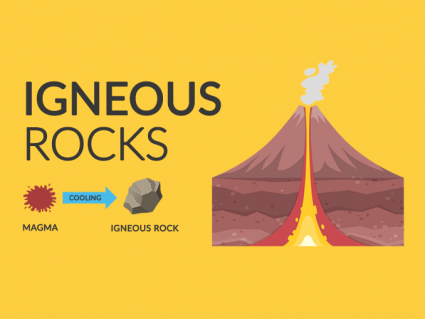
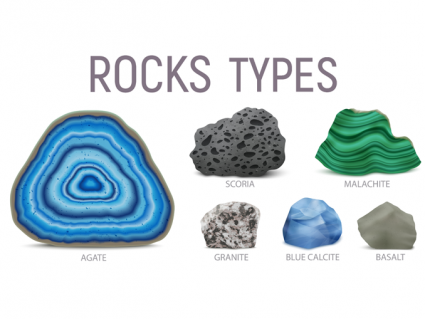
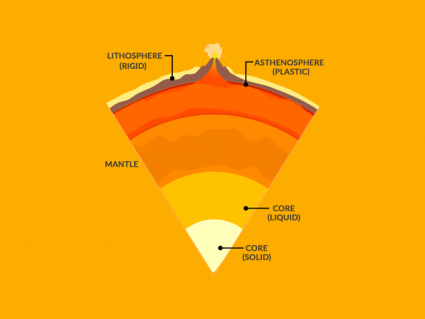

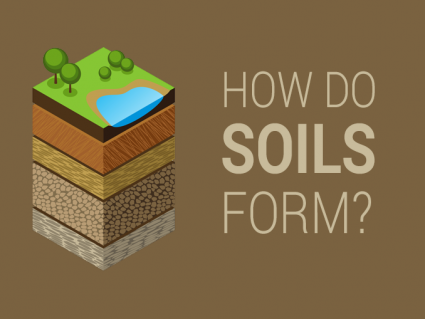
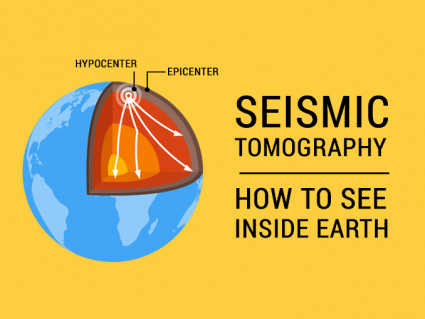
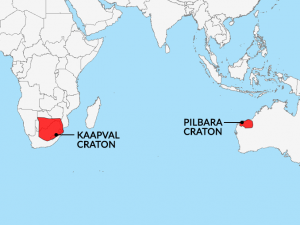
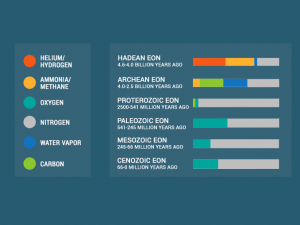
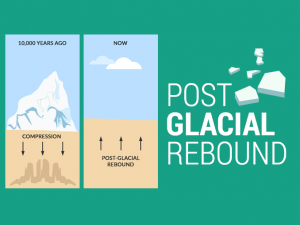
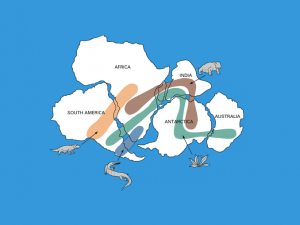
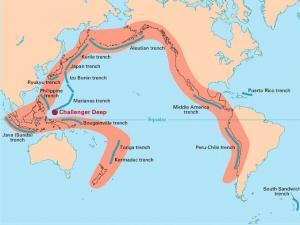
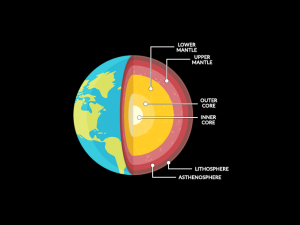

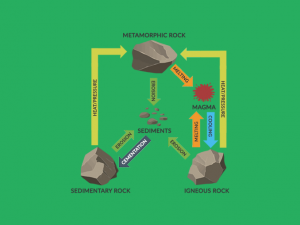
Does the Australia /India plate go over or under the Pacific plate ?
this article is sigma, really helped with my project for school.
Very lovely website to use for school reports, many thanks!
What evidence has shown that the Indian Plate and the Australian Plate fused together? How do we know today that the Indo-Australian Plate is one major plate and not made up of 2?
I appreciate this content. It’s very useful. Thank you for this wonderful content
About 50 million years ago,the indian plate and eurasian plate began colliding into each other lifting the himalayan mountain range. To this day,these convergent plate boundaries are still uplifting building new mountains.